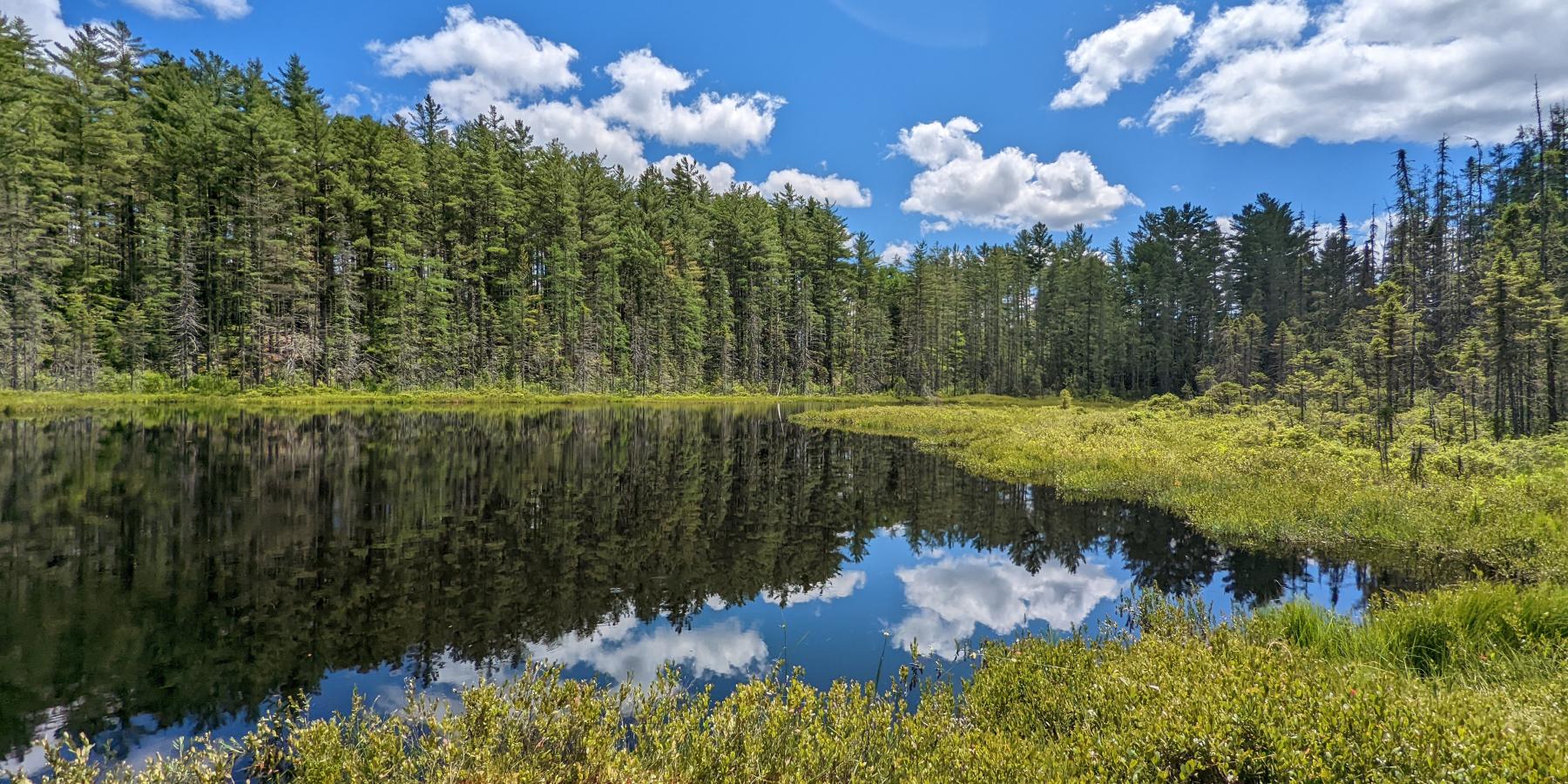
Bogs are often geographically isolated and environmentally stressful habitats that inhibit the colonization of fish. In most lakes, fish serve as the top predator and control the size and abundance of the crustacean zooplankton (CZ) they prey on. This research aimed to determine which species (if any), in the absence of fish would adopt the role of top predator. To test predator-prey relationships in bog lakes, samples were taken from two bog lakes in the Adirondack region of New York. Lab feeding experiments were then conducted with CZ and insect predators. Feeding experiments demonstrated that all insect predators consumed CZ with littoral zone predators (dragonflies and damselflies) consuming the greatest percent. Field measurements demonstrated that there was a significantly higher zooplankton density in the pelagic zone than in the littoral zone. The high consumption rates of CZ by littoral zone insects in feeding experiments and significantly lower CZ density in the littoral zone could indicate that littoral zone insects are significant predators of CZ. Natural isotope data from predators and prey (results pending) is necessary to provide in situ evidence of food web interactions.

